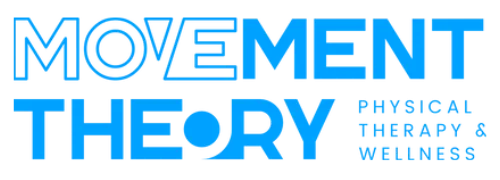In our previous blog, we explored the intricate relationship between neck pain and headaches. Now, in the second installment of our series, we will dive deeper into neck pain. Understanding its causes, symptoms, and effective relief strategies is essential for improving your overall well-being and preventing those pesky headaches.
Common Causes of Neck Pain:
Poor Posture: While posturing in and of itself hasn’t been shown to ‘cause’ pain the modern lifestyle often involves PROLONGED periods of sitting, hunching over screens, or slouching. This chronic and prolonged poor posture can strain the neck muscles and lead to discomfort.
Muscle Tension: Stress, overuse, or even holding your head at an awkward angle for extended periods can result in tense neck muscles, causing pain.
Text Neck: This bit of a buzzword – while humans have been reading and looking down since the dawn of time – over-stressing the flexion movement and repetitive stressors can cause symptoms in the neck. Is it BECAUSE of looking down – no, but it’s not unrelated as we know form follows function and function follows form.
Injury or Trauma: Accidents, falls, or sports injuries can damage the neck’s delicate structures, resulting in pain and reduced mobility.
Symptoms of Neck Pain:
Recognizing the symptoms of neck pain is essential for early intervention:
Stiffness: Your neck may feel tight and limited in its range of motion.
Pain: You may experience dull or sharp pain in the neck, shoulders, or upper back.
Headaches: Neck pain frequently leads to tension headaches or even migraines.
Radiating Pain: Pain from the neck can radiate to the arms, leading to numbness or tingling.
Preventing and Managing Neck Pain:
Ergonomics: Maintain proper posture and ergonomics in your workspace. Ensure your computer screen is at eye level, and your chair supports your lower back.
Frequent Breaks: Take regular breaks from prolonged sitting to stretch your neck and shoulders.
Neck Exercises: Incorporate neck-strengthening and stretching exercises into your routine to improve flexibility and reduce tension.
Stress Management: Practice stress-reduction techniques, such as meditation or yoga, to prevent muscle tension.
Physical Therapy: Consult with a physical therapist for a personalized plan to address your specific neck pain. They can provide exercises, manual therapy, and education to help you manage and prevent pain effectively.
By taking proactive steps to address the causes and symptoms of neck pain, you can significantly reduce your risk of experiencing debilitating headaches. In the final installment of our series, we will explore headache relief strategies, including the role of physical therapy in managing both neck pain and headaches. Stay tuned for valuable insights and tips on finding lasting relief.



